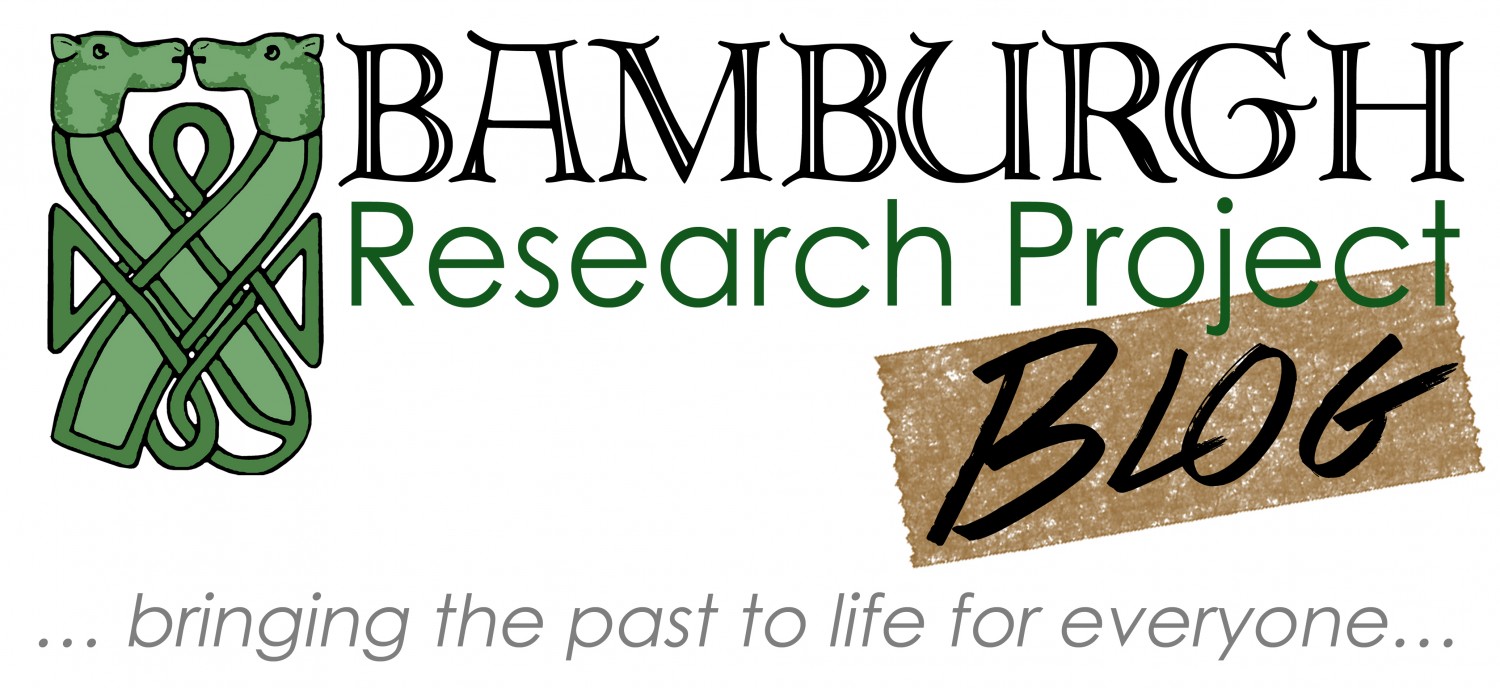The Bamburgh Research Project (BRP) are pleased to announce that we have been successful in securing £9306 from the Castle Studies Trust (CST).
Over the next 12 months the BRP will be utilising the funding to further explore Bamburgh Castle’s medieval outworks, particularly the area outside St Oswald’s Gate where our current excavation is underway as part of our annual field school. Our project is titled ‘Contextualising Bamburgh Castle: wells, towers, mounds and more!’
St Oswald’s Gate and the Medieval Outworks
St Oswald’s Gate and the outworks beyond lie in the area of the original entrance to the castle. It is very likely that the siege castle (named Mal Voisin in the Anglo-Saxon Chronicle) was built close to this gate in AD 1095. When the main access was re-sited, the entrance here remained as an important postern. Perhaps serving a small adjacent harbour immediately to the north of the site. This area now forms the BRP’s main investigative focus. The outworks consist of strong walls enclosing a trapezoidal area with the Tower of Elmund’s Well. With a more recent wall and postern to the west.
The outworks at St Oswald’s Gate are a rare case at Bamburgh as they have not been subject to extensive rebuilding in the post medieval period. Other than the reconstruction of the tower as a cottage, the outworks represent an astonishing window into mostly unaltered medieval fabric still standing at Bamburgh.

Work to Date
Recent investigation by the BRP has revealed that a substantial structure still survives below ground. This is in the form of an L-shaped corridor and steps down into the room that is thought to be the tower basement that contained the well. The presence of two splayed narrow windows appears to further indicate that this is part of the medieval Elmund’s Tower. The 2023 excavation season aims to reveal the full extent of the tower and identify any remains of the well depicted on the 19th century survey. You can find out more about our ongoing excavations in this area by taking a look at earlier blog posts: Investigations beyond St Oswald’s Gate: End of Season Overview.



What will the CST Funding be used for?
There are two primary aims for the CST funding. The first is to contextualise our recent excavations at Elmund’s Tower through geophysical survey (GPR and Magnetometry) and undertake a preliminary masonry survey of the castle’s associated extant outworks.
The geophysical survey will provide context to the area immediately outside of the outworks and identify if the castle ditch (seen as a rock cut feature at the Great Gate) extends all the way along the front of the castle. As part of the masonry survey the project will be using photogrammetry to create a 3D model of the standing outworks and internal structures of Elmund’s Tower. The survey will be undertaken in conjunction with a metric survey of the structures outlines so that a photo-real, stone by stone, 3D photo model can be used as a management tool for future plans, including consolidation work.


The investigation of the area will be used to aid in making management decisions to ensure the preservation of the outworks. More broadly, the proposed investigations will assist the interpretation of the extensive, but more complex and disturbed stratigraphical sequences recovered elsewhere in the castle, principally the West Ward.
We will also be using the photogrammetry and geophysical surveys as an opportunity to upskill BRP staff and provide add-on benefits to students during our annual field school (July 2023).
The second focus for the funding will be on disseminating our discoveries to the wider public. Bamburgh Castle is in the process of re-focussing the story it tells the public, giving greater focus to its medieval and early medieval history through a new website, signage throughout the grounds and new displays within the castle itself. However, the medieval outworks are inaccessible to the public and there is currently no opportunity to highlight the ongoing research into this area of the castle and how the site was shaped by the surrounding topography. The funding will allow us to create and install signage for visitors with a QR code for the 3D model, granting online access to Elmund’s Tower and the wider outworks. This information will also be replicated and enhanced with the creation of a new webpage on the Bamburgh Castle website. Alongside these permanent additions we will continue to share our work through our blog and social media.
Listen to two of our Directors discuss the project with the CST
Project Directors, Jo Kirton and Graeme Young, recently spoke to the CST about the project, which you can listen to here:
Make sure you follow our blog and social media accounts to see how the project progresses over the summer. We cannot wait to share what we discover!


























